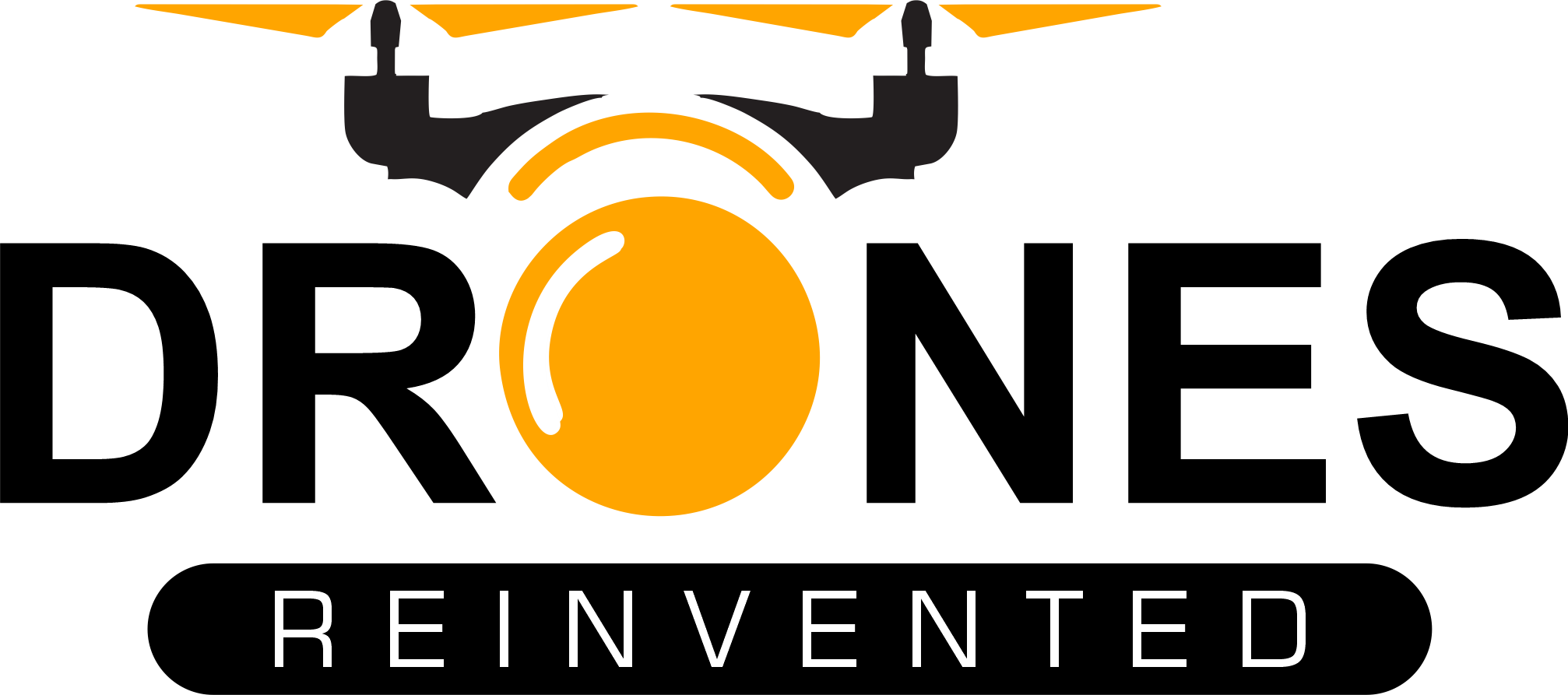This article published in collaboration with JUIDA, the Japan UAS Industrial Development Association.
by DRONELIFE Staff Writer Ian J. McNabb
Minato City-based industrial conglomerate Kawasaki Heavy Industries recently successfully tested their helicopter-like “K-RACER-X2” VTOL at Ina Ski Resort, Nagano, Japan. Due to the declining population of Japan’s mountainous regions and the poorly maintained ground infrastructure, Kawasaki is responding to a need for vertical mobility solutions in Japan’s remote interior, such as delivery of supplies to remote mountain huts in the ski resort-filled area.
The X2 is based on the earlier X1, but is more suited to high-altitude tasks, being capable of carrying a payload of up to 100kg to a height of over 3000m. Its maximum payload at lower altitudes is listed at 200 kg. These impressive upgrades result from increasing the size of the main rotor (powered by a motor similar to that in the Kawasaki Ninja motorcycle) from 5m to 7m. This test flight is a result of the jointly-run “Project to Build a Material Transport Platform Using Unmanned VTOL Vehicles” between Kawasaki and Ina City.
Kawasaki Unmanned VTOL: K-RACER X2
Helicopter-like conventionally-powered VTOLs have some significant advantages over their electric brethren, including easy infrastructure integration and increased payloads. The FAA granted a waiver to a Swiss company, Phoenix Air Unmanned, to test their version of the uncrewed helicopter in the United States. High-altitude drone delivery programs have also been taking off recently, with a partnership between another Japanese company and a Mongolian hospital resulting in testing on one of the highest future regular delivery routes in the world in Ulaanbataar.
More information on the Kawasaki K-RACER X2 and the testing in Ina City, as well as footage of it in flight, can be found on their YouTube here.
Ian McNabb is a staff writer based in Boston, MA. His interests include geopolitics, emerging technologies, environmental sustainability, and Boston College sports.
Miriam McNabb is the Editor-in-Chief of DRONELIFE and CEO of JobForDrones, a professional drone services marketplace, and a fascinated observer of the emerging drone industry and the regulatory environment for drones. Miriam has penned over 3,000 articles focused on the commercial drone space and is an international speaker and recognized figure in the industry. Miriam has a degree from the University of Chicago and over 20 years of experience in high tech sales and marketing for new technologies.For drone industry consulting or writing, Email Miriam.
TWITTER:@spaldingbarker
Subscribe to DroneLife here.

0 Comments